#23: Reveal Characters Through Other People’s Perceptions of Them
In the past two lessons, I talked about how Jane Austen reveals characters through moments of tension and through character dialogue. Yet there is another method which she frequently uses to introduce and reveal characters to the reader: through the perceptions of others.
One of the ways she does this is by having her characters both think and reference other characters before they physically appear in scene in the story—sometimes long before they physically appear.
Title page for the first edition of Mansfield Park–from 1814! (Image in the public domain)
One example of this is in Austen’s novel Mansfield Park. At the age of ten years old, Fanny Price goes to stay with her aunt and uncle at Mansfield Park. She’s ripped from her home, her town, and her family. Only her cousin Edmund shows her true kindness, and he gets her to talk about her home. As she does so, we are introduced to the character of William:
On pursuing the subject, [Edmund] found that, dear as all these brothers and sisters generally were, there was one among them who ran more in her thoughts than the rest. It was William whom she talked of most, and wanted most to see. William, the eldest, a year older than herself, her constant companion and friend; her advocate with her mother (of whom he was the darling) in every distress. “William did not like she should come away; he had told her he should miss her very much indeed.” “But William will write to you, I dare say.” “Yes, he had promised he would, but he had told her to write first.” “And when shall you do it?” She hung her head and answered hesitatingly, “she did not know; she had not any paper.”
“If that be all your difficulty, I will furnish you with paper and every other material, and you may write your letter whenever you choose. Would it make you happy to write to William?”
“Yes, very.”
“Then let it be done now. Come with me into the breakfast-room, we shall find everything there, and be sure of having the room to ourselves.”
William continues to be a character that Fanny talks and thinks about throughout the story. He doesn’t actually appear in person until Chapter 24, about halfway through the novel. Yet he plays an essential role in the story:
- He is the only character who never hurts Fanny.
- Fanny loves him with all her heart, and his letters and presence bring her joy, as do mere thoughts of him.
- Because of William’s visit, their uncle throws a ball, which creates a pivotal scene in the story, as Henry Crawford gives his attentions to Fanny and she attempts to reject him.
- Henry Crawford uses his connections to obtain a huge promotion for William, basically making his future career, in an attempt to put Fanny in his debt and make her fall in love with him.
William is introduced to us entirely through Fanny’s perceptions of him. This not only flavors our perceptions of him, but it sets up his role in the story and makes us truly experience Fanny’s agony when she must decide what to do: should she marry Henry Crawford when he proposes to her, especially given what he did for her brother?
Mansfield Park is not the only Austen novel to introduce and reveal characters to us before we see them interacting on the page.
Image by Eymery, Creative Commons license
Further examples of Austen introducing characters before we meet them physically:
Persuasion
-The cousin and heir, Mr. Elliot, is talked about in the very first chapter, focusing on the poor way he has treated the Elliot family. He doesn’t appear in person in the book until about halfway through, but then plays a pivotal role in the second half of the book as he courts Anne. When she is skeptical of his intentions, we sympathize with her, in part because of the way he was introduced at the start of the book.
Pride and Prejudice
–Mr. Bingley is discussed in the first chapter as a prospective suitor for one of the Bennet daughters. This builds anticipation for him as a character, so we, like the daughters, are longing to meet him when he arrives at the Meryton ball.
–Lady Catherine de Bourgh is referenced constantly by Mr. Collins, who reveres her (she is his patroness!). Her influence and power is set up before we meet her, which provides a foreshadowing for the end of the novel, when she attempts to convince Elizabeth not to marry Mr. Darcy.
–Georgiana, Mr. Darcy’s sister, is also frequently referenced by Mr. Darcy himself and the Bingleys throughout the story, as well as by Mr. Wickham. Her story plays a pivotal role on multiple story levels, even though she doesn’t get much time in person on the page.
Emma
–Jane Fairfax is someone long spoken of before she appears on the page. In this case, the main character, Emma, has known her for basically their whole lives. But we as readers only get to hear Jane spoken of through Emma’s negative viewpoint until Jane actually comes to visit. This awareness of Jane as a potential rival for Emma infuses the text. This negative perception of Jane is counterbalanced by Mr. Knightley’s perception of her, who sees her virtues and criticizes Emma’s treatment of her.
–Frank Churchill is loved and anticipated by (almost) everyone, even though he has never visited. We do know that Mrs. Weston is frustrated by the fact that she has never met her stepson, for he has never managed to visit, but in general, people look upon Frank Churchill as a darling. Emma in particular is fascinated by the idea of him:
Now, it so happened that in spite of Emma’s resolution of never marrying, there was something in the name, in the idea of Mr. Frank Churchill, which always interested her. She had frequently thought—especially since his father’s marriage with Miss Taylor—that if she were to marry, he was the very person to suit her in age, character and condition.
While Emma is predisposed to like Mr. Churchill before meeting him, Mr. Knightley already dislikes and distrusts him. Emma’s and Mr. Knightley’s divergent perspectives of two other important characters sets up much of the major conflict and raises some of the novel’s important themes. Who is correct, and what will be the results of everyone’s judgments and behaviors?
As you can see from these examples, there are a lot of potential uses for introducing a character through the perceptions of others. Here’s my attempt to categorize these reasons.
6 Reasons to Introduce Characters Through the Perceptions of Other Characters:
- It predisposes us to feel a certain way about unmet characters (this can be positive or negative).
- It focuses our attention on the character and the role that they will play.
- It allows a character to influence the plot before they appear physically on the page.
- It sets up a sense of relationships and can add a community focus to the story—it is not just individual relationships at stake, but an integrated network of people.
- It draws attention to the lens through which we see characters. The narrator is already providing a lens through with which to see the characters and the story, but this adds lenses. As the story progresses, sometimes we find that we agree with the lenses we’ve been given, while other times we disagree.
- It reveals character for all the characters: both the character we have not yet met, and the characters who are thinking or speaking of that character.
Even once a character has appeared in scene, the evolving perceptions of various people in the story continue to reveal things about character to the reader. For example, in Emma, the way that each of the characters interpret Frank Churchill’s behavior informs us both about them and about Frank. Differing perceptions of character can also be revelatory: in Pride and Prejudice, Mr. Darcy’s negative perceptions of Mr. Wickham warn us of Wickham’s true character, even though many of the characters, such as Elizabeth, do not yet trust Mr. Darcy’s perceptions because of his pride.
Character perceptions are a powerful narrative tool, and using these perceptions to reveal character can be a powerful way to both introduce characters and show their relationships with others throughout the story.
Exercise 1: Spend about five minutes brainstorming a character. Then play Enemy, Friend, Lover to introduce the character to the reader.
Enemy, Friend, Lover: The character you have brainstormed is not present. How would they be talked about by an enemy, by a friend, and by a lover?
You can interpret enemy, friend, lover in any way you choose. For example, an enemy could be a coworker the character doesn’t get along with or a member of a multi-family feud. A friend could be a BFF or a new acquaintance with a shared interest. A lover could be a boyfriend, a spouse, someone involved in an illicit liaison, etc.
Consider also that an enemy, friend, or lover may at times attempt to hide, disguise, or downplay their relationship with the character. If they do that, that reveals things about both the character and themselves.
Write three brief introductions, one each by the enemy, friend, and lover. These descriptions could range from a brief sentence to several paragraphs long.
Exercise 2: Read the first thirty pages of a book or watch the first 30 minutes of a film. Write down every time a character is introduced, and how they are introduced (moment of tension, in dialogue with another character, being talked about while they are not physically present, or through a different method—if a different method, please categorize). Does the story use multiple types of character introductions, or mostly one type? How does the manner in which they are introduced impact the audience?
Exercise 3: Take a story that you have written and choose one of your characters that you have introduced by showing them physically present in a scene. Write a new scene which would introduce them through another character’s perceptions of them.

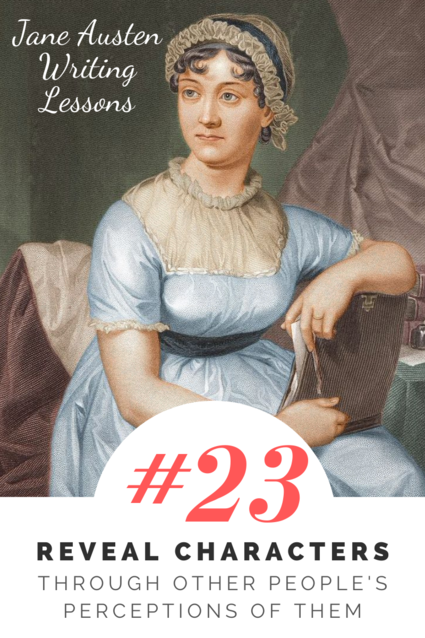
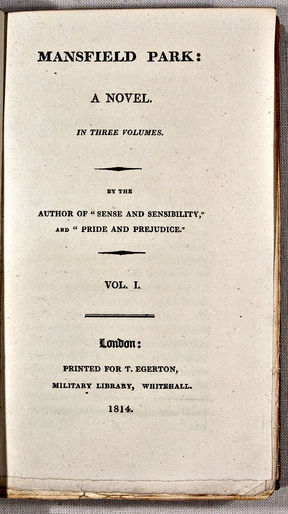
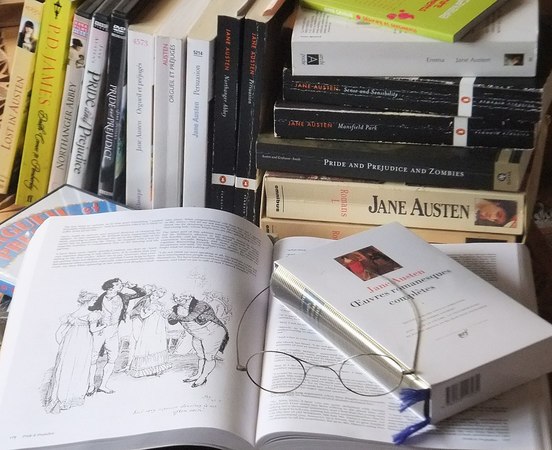
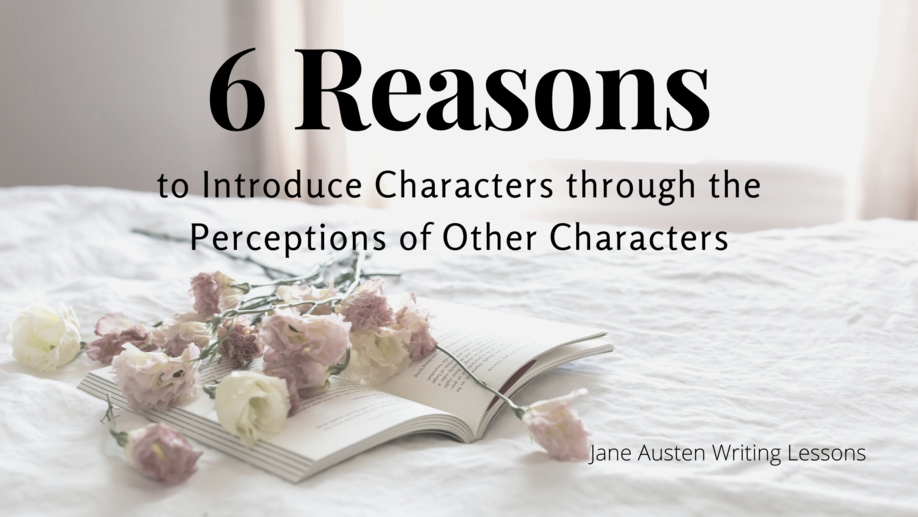


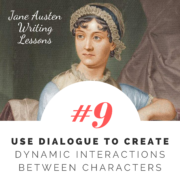
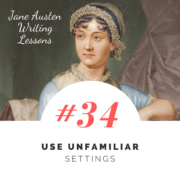

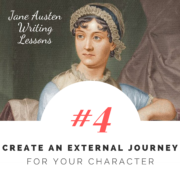
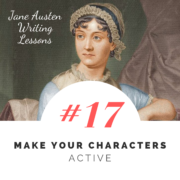
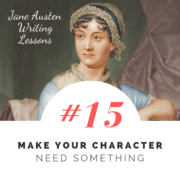


Leave a Reply
Want to join the discussion?Feel free to contribute!